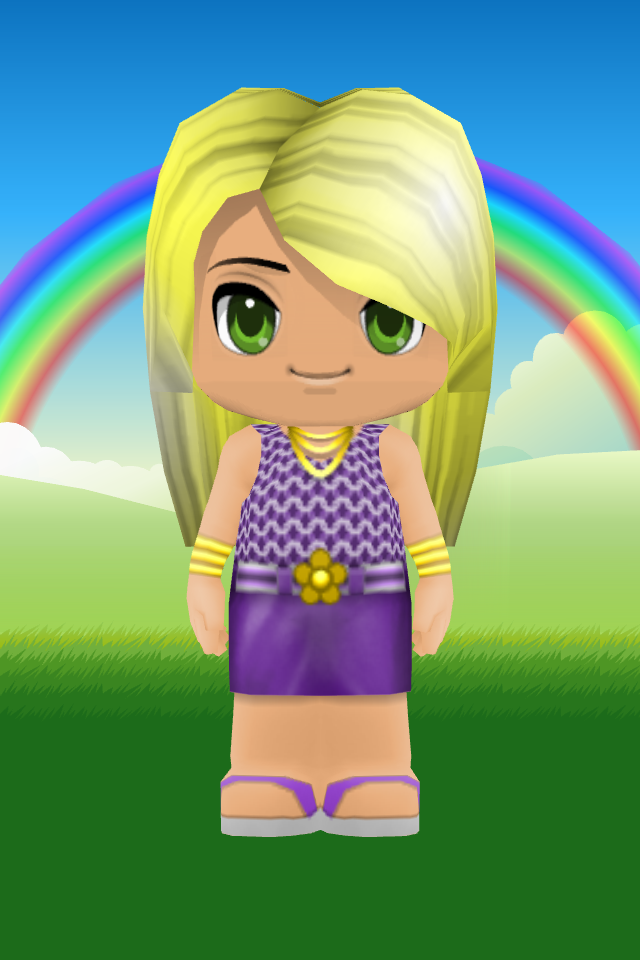With the rapid growth in easily accessible technology that allows us to access and create videos, there comes great opportunity to harness this engaging and creative medium. It is no longer necessary to have a high level of technological expertise to create digital videos that can be used for a plethora of uses. Also, it is no longer a medium that is just beneficial to explore and engage with, it is a necessity. The knowledge creation society that is evolving around us demands that we actively participate if we are to become contemporary citizens.
As many of the students we interact with are known as 'digital natives', many of them view, comment on, share and create video on a weekly basis in their personal lives. The use of video in the educational environment offers the opportunity for them to be involved in authentic tasks and reach authentic audiences, such as their immediate peers as well as a wider audience by sharing video creations online, this increases the value they place on these tasks.
I have explored and used quite a range of tools and software for creating videos, both for personal and educational purposes. The range of either free or affordable tools available is quite staggering and I have enjoy trying out a range of techniques. My 1st venture into video creation was using Windows Live Movie Maker for editing personal home movies. My kids still really enjoy watching the family ski holiday videos that I edited to create a library of home videos. This program is very intuitive and offers a range of editing tools to create really engaging videos. The embedded video below is a short video of a litter of puppies that my dog had edited using Windows Live Movie Maker (or Windows Movie Maker 2012 as it is now known).
Power point is a very powerful tool for creating videos and one that students of all ages can navigate. Most students become familiar with creating power point presentations in the early years, this knowledge makes it an excellent tool for video production. Both music files and audio files can easily be embedded and then the power point saved as a windows media video file (.wmv).
This video was created using power point and Windows Movie Maker to create sneak peek video for Project 600 and was uploaded to the Virtual Classroom for the students to preview the following week's lesson.
Another option is to record the slide show while recording a narrative with the file then saved as a .wmv file. This facility allows teachers to create instructional or motivating videos that can be used to flip the classroom or provide reinforcement of more difficult concepts. Beyond this, students can create their own instructional videos that can be shared for peer learning or as a reflection tool. If students are tasked with recording a slide show of their creation while 'talking aloud' what is happening in the presentation, rather than just using a script, higher order thinking is encouraged.
Sandy Shannon refers to a screen casting software in her blog post
Media 6.3 Video, Active Presenter. I explored this software after she explained how she used it to create an instructional video for the virtual classroom. This is a very powerful tool, even as the free version, that allows for real-time recording of the desktop to create instructional videos of computer programs and websites. It provides some excellent post-editing functions, such as zoom and pan, adding objects and adding annotations, that enhance the quality of the presentation. As Sandy mentioned, the file size is quite large which limits some of the online spaces that it can be uploaded to. I created a video using this software to show teachers how to access the help tutorials and documents for the virtual classroom and another demonstrating how to upload images. As the files were too large to upload to our team site, I uploaded them to
You Tube. I will try Sandy's suggestion of using movie maker to decrease the file size.
Another excellent screen casting software is
Screencast-o-Matic. One of its most powerful features is that it has an online free version so that it is not necessary to download software. This makes it a very accessible tool for schools and its very user-friendly interface would enable most students to feel capable of using it.
I have participated in several One Channel programs recently to learn about a variety of digital tools. These are live web conferences offered through the Learning Place. I was introduced to some amazing iPad apps that both teachers and students would find very powerful. All students love to create animated avatars.
Tellagami is a simple app that students could easily use to create short introductory videos, provide peer feedback in a group blog, clarify their thinking in response to stimulus questions and the list goes on. This video was created to introduce a web conference that I facilitated today.
Explain Everything is an iPad screen casting app that again is very student friendly. Slide shows, pdf documents, images are some of the file types that can be imported to create videos. This app would be very useful as a tool for students to use to take sequential photos of a group task that can then be annotated and an explanation recorded as a record of the collaborative process. This app can also be be used to annotate and record live websites. I plan on using this tool more in the future.
The multimedia principle that learning is improved through words and pictures (Cisco Systems. 2008) rather than words alone is supported by these programs and offers the opportunity for learning and teaching to be transformed.
Fadel, C. (2008). Multimodal learning through media: what the research says. Cisco Systems, USA, retrieved 31st August 2013 from http://www.cisco.com/web/strategy/docs/education/Multimodal-Learning-Through-Media.pdf




